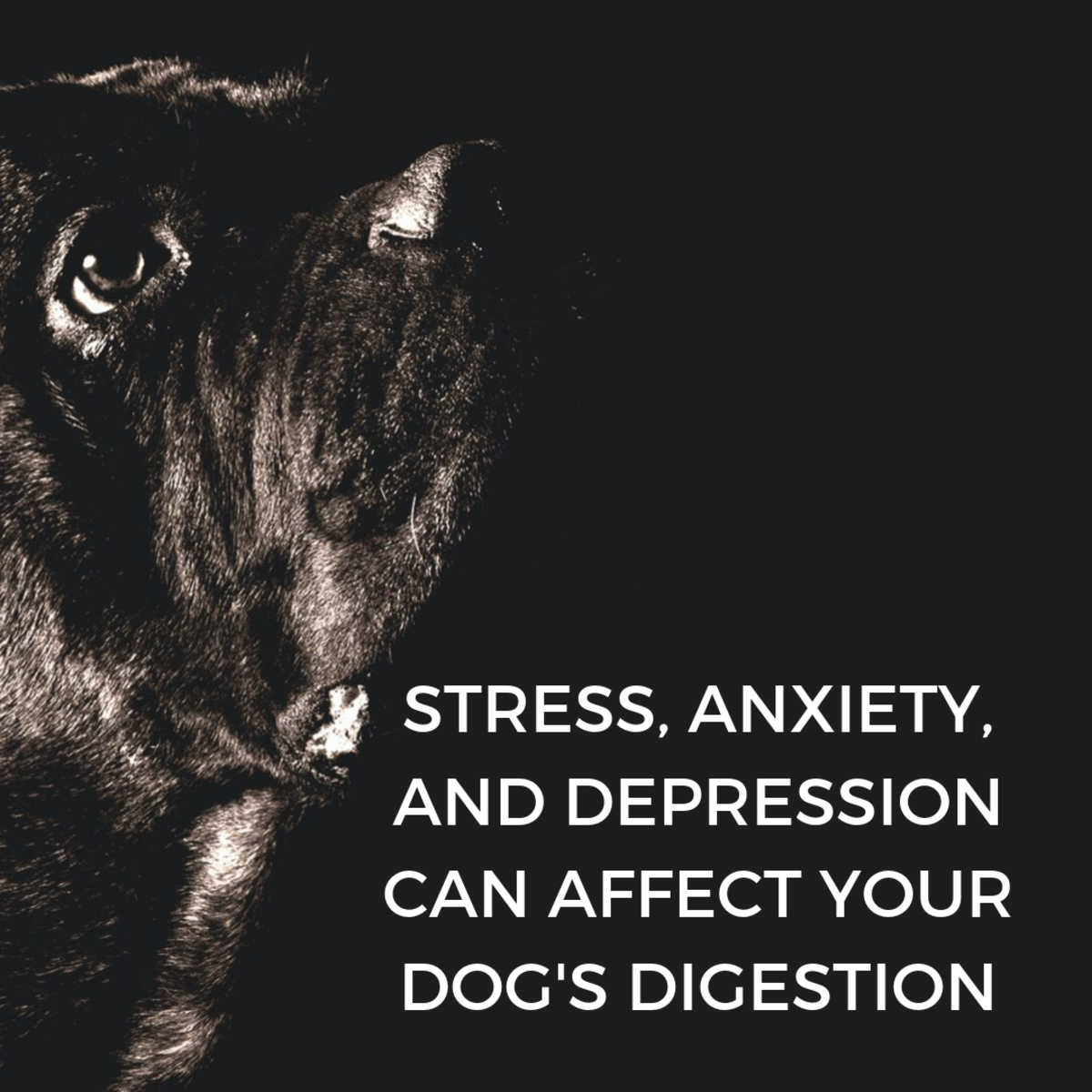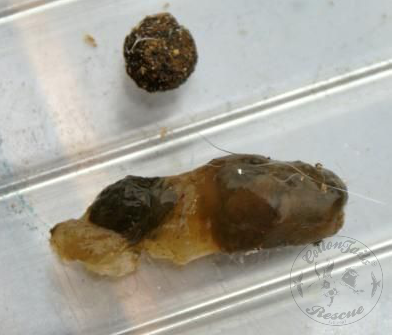


Stronger dewormers can be given to you by your veterinarian.

Dewormers that are formulated with active ingredients like piperazine work by paralyzing parasites and worms, halting their assault on your pet’s intestinal tract. But dogs and outdoor cats should be examined at least twice a year. Most seemingly healthy pets can go with yearly visits. Make sure that your cat and dog visits a veterinarian on a regular basis. The key to a long canine and feline life is prevention. Preventing Parasites and Worms in Your Pets It is important that you visit a veterinarian as soon as possible Tapeworm infestations tend to be aggressive, and that most over-the-counter medications cannot help. Looking like small pieces of rice, these tapeworm segments move when agitated. Although tapeworms can grow up to 5 to 6 inches in length, the first visible signs of tapeworm infestations typically manifest in tiny segments attached to the fur around the pet’s anus. Tapeworms look like several pieces of tape secured together, with distinct tiny brick like sections. Cats and dogs that have access to the outdoors – especially outdoor areas where tall grass tends to grow – are all exposed to fleas that are infected with tapeworms. Tapeworms come from fleas, putting dogs and cats in danger. Poor weight, loss of interest in favorite foods and treats and low energy are all hallmarks of a hookworm infestation. Due to the loss of blood, advanced stages of hookworm infestation tend to cause anemia. Puppies can also be exposed to the parasite by nursing on an infected mother. Puppies and dogs get exposed to hookworms via stool that has been contaminated by it or ingesting the eggs by other means. Hookworms secure themselves to the small intestines, sucking up blood for nourishment. Hookworms are also much more common in dogs and puppies. Not only are puppies and kittens in danger of roundworm infestation, but an adult can be exposed as well. Severe infestations can cause a blockage, killing the host. Due to this number, many kittens and puppies with advanced stages of infestation tend to have large bellies and mid sections. Roundworms can lay up to 1 million eggs over the span of a couple of weeks. There they start to absorb nutrients from the intestinal tract, then it will start laying eggs. Once the larva migrates, they grow up to 5 inches in the dogs or cats intestine. It can also be spread during nursing time.

The roundworm larva can migrate between the mother and the developing fetus. Roundworms tend to be very common in puppies and kittens due to the way it is spread. Puppies that come from puppy mills and pet shops tend to be inundated with this parasite. Roundworms tend to affect puppies, especially puppies living in close quarters. Fortunately, whipworms hardly cause deaths. Stool that is encased in mucus or extreme weight loss is usually attributed to whipworm infestation. Whipworms do not lay many eggs, so several stool samples need to be examined to determine if whipworms are the potential culprit. Looking like small pieces of thread, whipworms tend to occupy your pet’s intestine. Whipworms tend to affect dogs, but it is not unnatural for cats to be infected by whipworms. Learning about the Common the Parasites and Worms That Affect Your Pets A stool sample is also required to discover eggs, which tend to be microscopic in size. A stool sample will be able to analyze feces to check for worms as well as for disconnected segments. However, once they are observable with the naked human eye, then usually your dog or cat is experiencing advanced stages sickness. Why Is a Stool Sample Required? Some parasites are very evidence, with adult roundworm and tapeworm being very visible in stools. If your pet is experiencing rapid and random weight loss, diarrhea that isn’t remedied via diet modification, anemia, scratching of the anal opening, unexplained vomiting, severe bad breath that can’t be cured by regular brushing, or severe coughing, then it is recommended that you take your pet to a veterinarian – it is a very real possibility that your pet is experiencing some sort of parasitic invasion. The effects of worms are particularly pervasive, as they can lay dormant in your pet’s system for quite some time before physical symptoms manifest. The most common type of parasites and worms that affect pet dogs and cats are hookworms, whipworms, roundworms, and tapeworms. Affecting particular breeds and pets that have access to the outdoors, parasites and worms can cause small ailments like stomach upset, up to extreme cases of death. The threat of parasites and worms are a reality for your dog and cat.


 0 kommentar(er)
0 kommentar(er)
